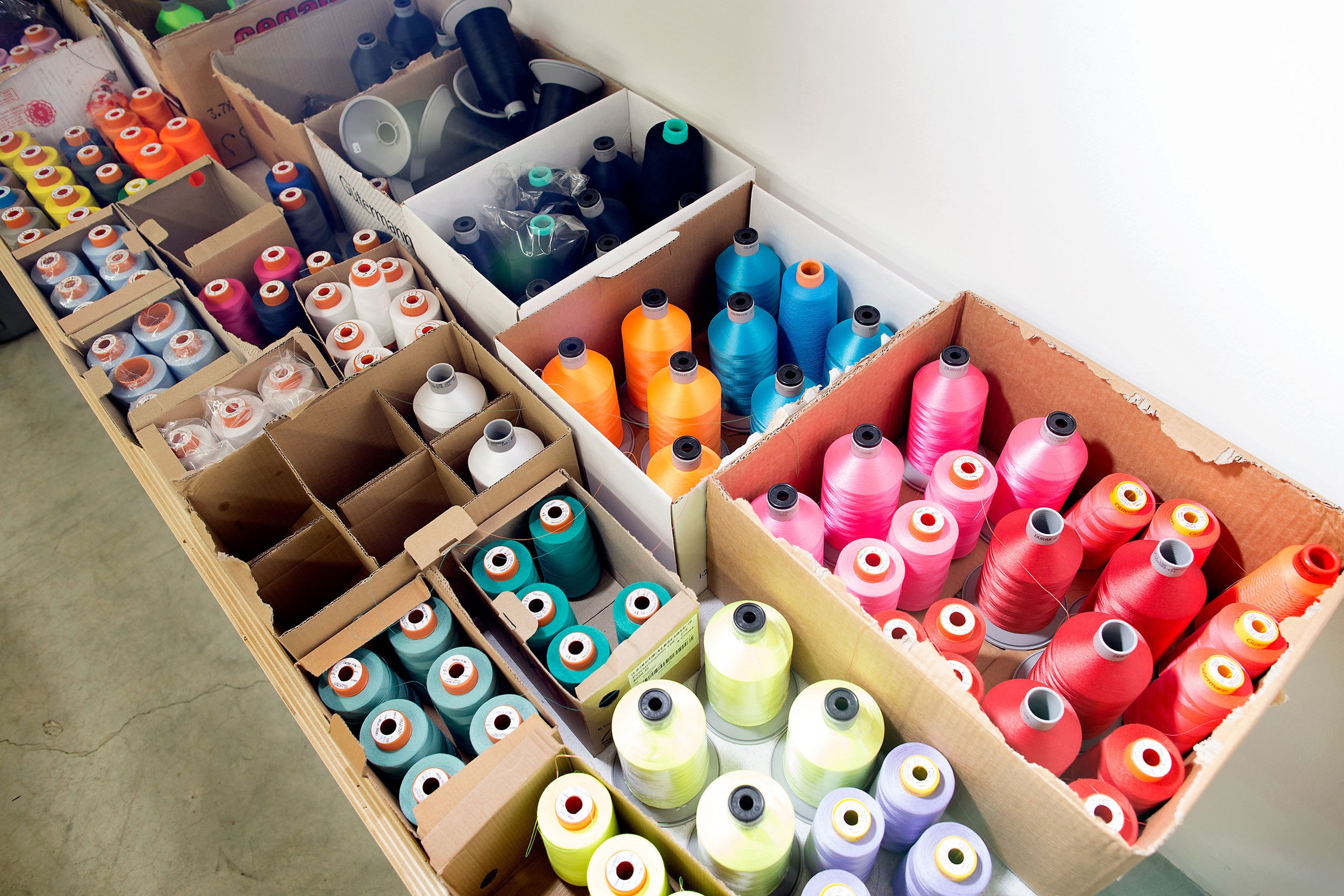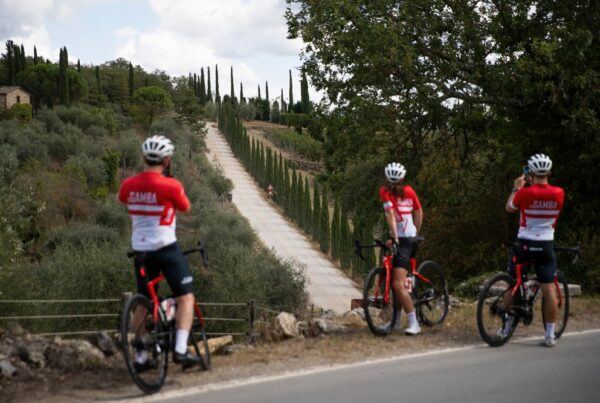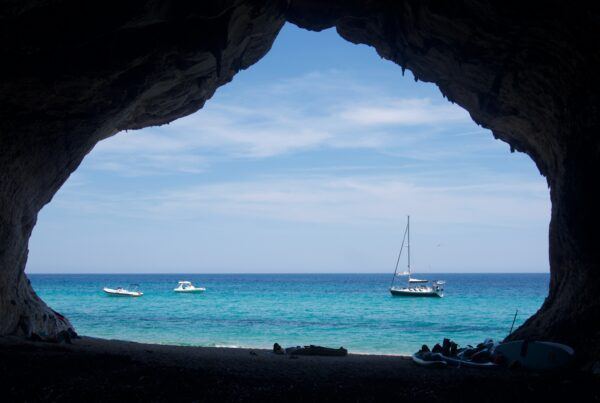A little cross-pollination can be a marvelous thing. You only need a quick glance at somewhere like Silicon Valley to see that. Apple, Google, and eBay are just a few of big hitters that were founded by newcomers, who discovered in America the inspiration, and the market, for something new. In cycling, too, fresh ideas from abroad have had a huge effect on how the sport has developed in this country over the last few decades. Few have had a bigger impact than Giorgio Andretta, who came to the US, via Canada, in the 1970s and he’s been leading the way in terms of cycling apparel ever since.
Andretta’s brand, Giordana, has been at the heart of American cycling success since its earliest days, but it came from humble beginnings, when a keen bike racer from the Bel Paese noticed a distinct lack of quality cycling goods in his new homeland.
“I was riding for a team in Canada and we came to the United States to race too, and I saw that there was a need for a lot of things,” says Giorgio, reflecting on how much things have changed since the 1970s.
“It wasn’t as developed as it was in Europe. There was no availability in terms of bicycles, clothing and accessories, so I started to bring in stuff from overseas.
“I did my first trade show in Miami in ‘71 and started to sell in the US. Two years later, I opened a warehouse in Jacksonville and the distribution started from there. I saw that we were selling a lot more in the States than in Canada, so in ‘78 I moved to Charlotte.
“By then, everything had progressed so much. We put a name on the line, Giordana, after my daughter, which I thought it was a nice idea, with the Sagittarius as the logo.”
What had started as a distribution company representing the biggest names in his homeland, quickly developed into a market-leading apparel company, and the man from Veneto in Northern Italy suddenly found himself at the heart of the nascent American racing scene, and all of the success that would soon follow.
“Early on,” he says, “we sponsored some of the big American teams, like SRC Levi’s-Raleigh and Mengoni, where Andy Hampsten started out, along with some of the other guys who went on to 7-Eleven.
“And we sponsored the US National Team for the LA Olympics in ‘84, with Alexi Grewal who won the gold in the men’s road race, and Connie Carpenter and Rebecca Twigg, who got gold and silver. And Greg LeMond won the World Championships wearing Giordana.”
In terms of a brand’s palmarès, it doesn’t get much better than that for a start-up, but there was success too in Europe, with big teams in Italy, France, Belgium, Germany and Spain. In 1995, a new height was reached, when Giordana became the official jersey sponsor of the Tour de France. The following year, they sold that contract to Nike, but they continued to produce cycling apparel for the American sports giant right up until 2011.
“From ‘79 onwards I was always designing something,” recalls Giorgio, thinking of the early days. “My mind was always trying to develop something new. We were making so many of our own designs and models that we decided we needed our own factory [as opposed to using a larger supplier].
“It was never easy. It’s a lot of research, special materials, special cuts, making sure it all works the proper way, and then you have to make sure that the manufacturing process translates all of that research and development into the final product.
“That’s why we stayed in Italy, because we needed to make sure we were making what we wanted to. I looked around, in the Far East and Eastern Europe, but you couldn’t get the same product done the right way. Nobody that I saw was working from their own patterns, they were just taking a little bit of everyone else’s designs to make a model.
“There was no one who could do exactly what we had in mind. Italy still has the knowledge and the know-how, and also the manufacturers who can make the materials you need without making enormous orders. You can be very specific. It’s the cradle of cycling, and where the best things have always been made, it’s harder these days with the economy and the taxes, but it’s still the best you can get. The other places, it might look almost the same or feel almost the same, but it doesn’t perform or last the same.”
Born in America, but made in Italy, in the company founder’s own words. And when it’s suggested that this might be the best of both worlds, he agrees, offering an amusing observation. “When we brought the brand to Europe, everyone loved it because they thought it was American. But in the US, they liked that it was Italian!”
The close bond to professional racing continues to this day, but Giorgio is also quick to point out that amateurs are a vital source of feedback too, and that they can often be the more innovative.
“Professionals and amateurs are different,” he explains. “Normal riders are important to work with too, because they’ll try new things. Pros have their ways, and if they use something, they’re sometimes stuck, and it can be hard to show them that the new thing performs better.
“To give you an example, the teams we sponsor asked for different shorts with all the different chamois that we had, so that they could test them. But we don’t have any different chamois, we have two models, but it’s the same material, in a different shape.
“So they said ‘But what if we don’t like it?’ I said, ‘Let’s talk about that after you try them.’ So far, I haven’t had any complaints. We had a meeting with all of the riders, to give them all of the garments, so that I could explain what they’re designed to do, and why. Then I told them that I recommended not to use any cream with the chamois, and they all just looked at me, like ‘What do you mean?’
“If you use cream, it will take away from what it was designed to do. Obviously, it was up to them, but my advice was to try it my way first. When I talked to the coaches and the directors, they told me that it was the first time ever that they had a whole team, using the same chamois, without any cream.”
Seasoned pros will often recover old saddles and even replace the manufacturer’s stamp on tires when they change sponsors, so convincing not one, but two entire teams to try something new is impressive. More impressive still was their reaction. As endorsements go, they don’t get much more ringing than that.
“That’s our goal,” Giorgio says, with the same kind of commitment that first spurred him on all those years ago. “To convince cyclists to trust people who really are knowledgeable. My idea is always to take the best, and find a way to make it better. Not only with pros, but with amateurs, anyone who loves to go out on a bike, to give them a new experience, something that performs better than anything they’ve had. That’s our approach.”
–
















